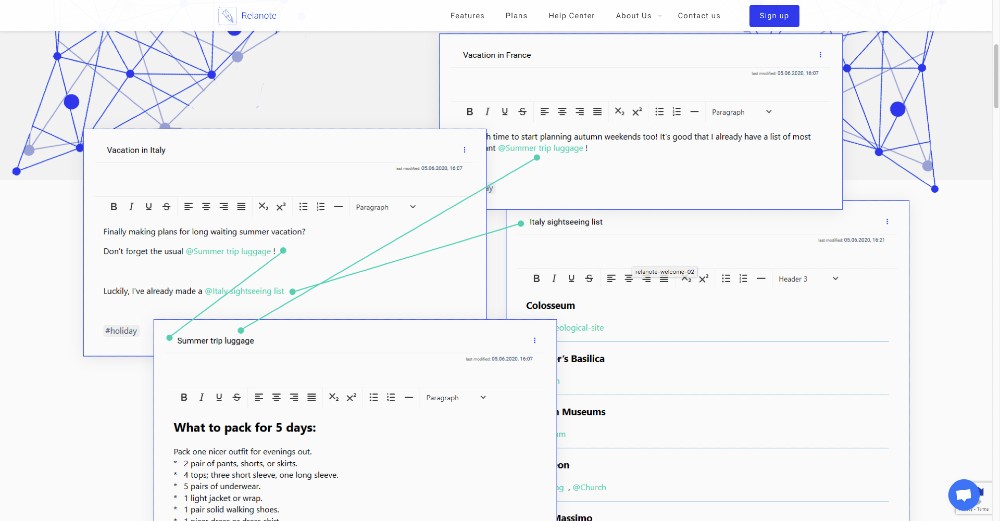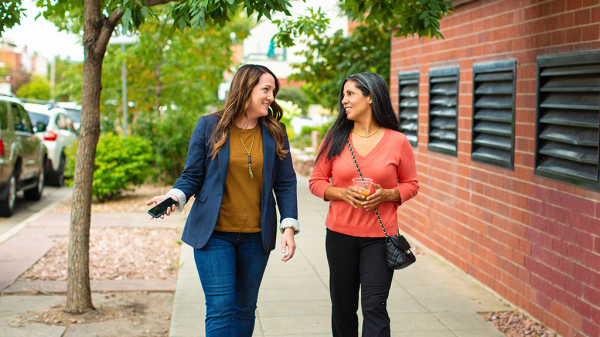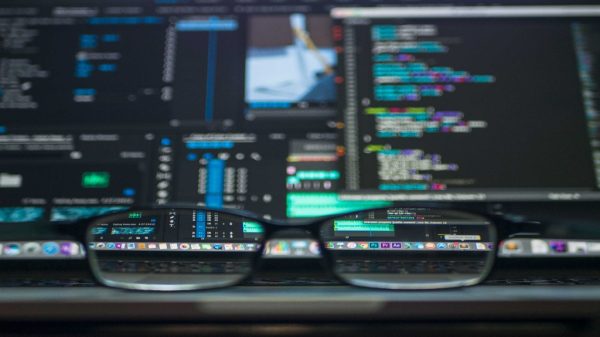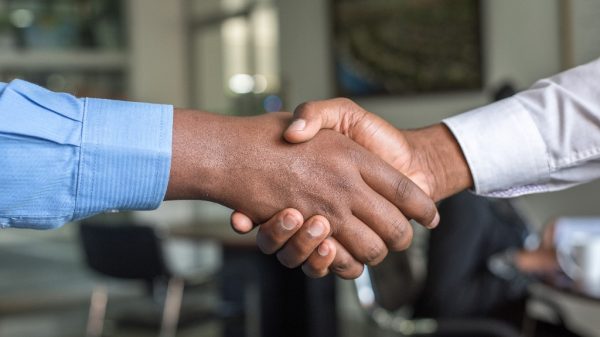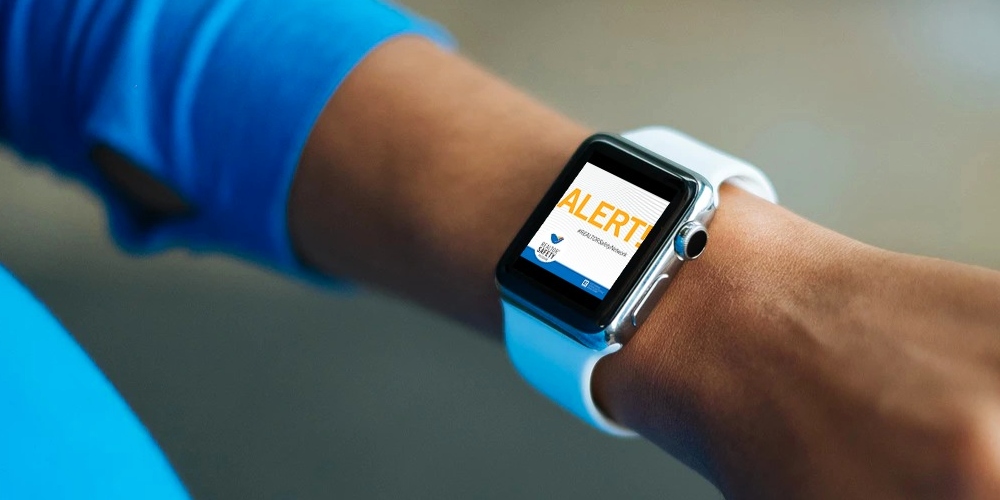“Modern humans are the dazed survivors of a continuous, five million year habit of lethal aggression,” said Richard Wrangham and Pale Peterson, authors of the book Demonic Males.
In past times, people lived in small communities, everyone knew everyone else, and you knew who the bad guys were. It was impossible to escape past behavior. Fast forward to the internet age and our social interactions are often casual and impersonal with no frame of reference.
We still remain territorial, competitive, and sometimes violent just like our ancestors, but luckily most of our modern society lives within the norms of reality. Most of us act predictably, which in itself holds society together.
There is this small section of society however, that does not think that the rules apply to them. We refer to these individuals as predators as they prey on weak victims, just like sharks circling their next meal. Your potential to become their next victim is influenced, in large part, by the unconscious signals you project.
Shocking data predator selection
In a groundbreaking study, researchers Betty Grayson and Morris I. Stein shot video of pedestrians walking down a busy New York City sidewalk, unaware they were being taped. They then asked convicts, in prison for violent offenses such as armed robbery, rape, and murder, to review the footage.
Literally within a few seconds, these convicted criminals identified which pedestrians they would have targeted. What’s alarming is that there was a clear consensus among the criminals as to which individuals they personally would have picked as victims.
Their choices were not based on gender, race, or age. Some petite, physically slight women were not selected, while some large men were.
Grayson and Stein soon realized the criminals were intuitively assessing the ease with which they could overpower the targets and neither criminals nor victims were consciously aware of these cues.
Predators spot non-verbal attributes as well
Further investigation revealed that there were several nonverbal signals—posture, body language, pace of walking, length of stride, and awareness of environment – what psychologists call “precipitators,” personal attributes that increase a person’s likelihood of being criminally victimized.
One of the main precipitators is a walking style that lacks organized movement and flowing motion.
Just like predators in the wild, predators often attack the slowest in the herd. People who drag their feet, shuffle along, or exhibit other unusual gaits are accessed as less self-confident and so targeted more often than people who walk fast and fluidly.
How to avoid looking like a potential target
To reduce the chances of becoming a victim, you can’t look like a victim. “Walk in an alert fashion, walk with purpose, with your shoulders held back,” the study recommends. This, in itself, can terminate the selection process.
Try this experiment: The next time you are in a crowded area such as a mall, alter your stance. Walk taller with purpose, looking straight ahead with your shoulders back. Choose your course, stick to it, and don’t waver. As you walk forward, there will be groups of people walking towards you.
You may notice that you are more aware of your surroundings. Some of these people may look at you inquisitively – just make brief eye contact and keep moving.
With enough purpose and confidence, you will find that these groups will part in front of you, allowing you to stay your course.
Another important study showed that 60 percent of criminals would move on to a different target, if the person they were targeting simply made eye contact with them. Looking squarely at someone who concerns you communicates to them that you are not a tentative, frightened victim-in-waiting.
Move with purpose
Predators are looking for a victim who is unaware, preoccupied and easy to ambush, so in future you will walk in an alert fashion, with purpose, your shoulders held back, just like you did in the mall during your experiment.
#RealtorSafety
Peter Toner is a third generation real estate agent who has been practicing for nearly two decades. He is the Founder of Verify Photo ID - a safety app that verifies the identity of strange prospects before you meet - in three simple steps; it includes a Safety Monitor with panic alerts.






